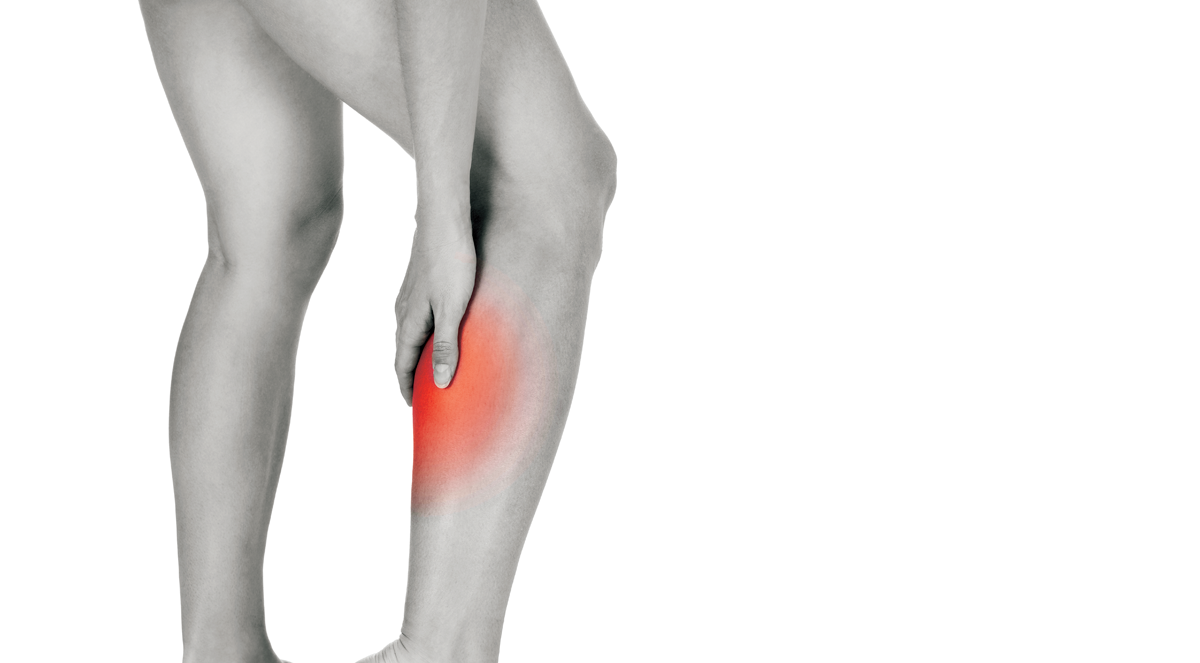The Institute of Medicine estimates that chronic musculoskeletal pain affects about 100 million Americans and costs the country nearly $600 billion each year. Caring for these patients is complex and multiple treatments are commonly used. Pharmaceutic therapies are frequently administered to manage pain, but the efficacy of using these agents for chronic conditions has been questioned in clinical research. Furthermore, both prescription medications and over-the-counter drugs for pain can be costly and may lead to significant adverse effects. In addition to drug-related side effects, other more serious issues like addiction, abuse, and diversion of medications can make caring for these patients even more challenging.
Studies show that acupuncture and chiropractic care are popular alternative treatments used by patients with chronic musculoskeletal pain. Many health insurers cover these options for pain management, but this coverage is often limited. Some insurers allow patients to refer themselves for acupuncture and chiropractic care while others require primary care physicians to give a referral. Despite this knowledge, little is known about how often these alternative therapies are used and whether patients use health plan resources to access these services. Also, few studies have explored clinician communication regarding these treatments.
A New Data Analysis
In a study published in the American Journal of Managed Care, Charles R. Elder, MD, MPH, and colleagues surveyed chronic musculoskeletal pain patients in a large health maintenance organization (HMO) to find out how many of them use chiropractic care and acupuncture and the extent to which the electronic medical record (EMR) captured the use of this care. “Until now, we haven’t had a good grasp on how often this care is used by patients,” says Dr. Elder. “We also didn’t know how often clinicians were talking to their patients about this care or how often it was being captured in the EMR.”
Dr. Elder and colleagues received survey responses from more than 6,000 Kaiser Permanente Northwest members who met EMR diagnostic criteria for chronic musculoskeletal pain. Results showed that many HMO participants had used acupuncture, chiropractic care, or both. Among the findings:
- 32% reported acupuncture use.
- 47% reported chiropractic care use.
- 21% used both acupuncture and chiropractic care.
- 42% used neither acupuncture nor chiropractic care.
Importantly, 25% of acupuncture use and 43% of chiropractic care use was undetected by the EMR.
More Communication Needed
Researchers also found that 35% of patients who used only acupuncture and 42% of patients who used only chiropractic care did not discuss this care with their HMO providers (Table). “Despite the fact that patients are using acupuncture and chiropractic care, many don’t discuss it with their healthcare providers,” says Dr. Elder. “Too often, doctors aren’t asking about these alternative treatments, and patients aren’t volunteering the information. Clinicians should make an effort to ask if alternative pain therapies are being used during patient encounters.”
The study also found that chiropractic users who accessed care out of their HMO plan tended to be older, were more likely to use long-term opioids, and had more pain diagnoses than those who accessed care by way of clinician referrals or self-referrals. Similar findings were observed among patients who used acupuncture through a clinician referral.
Considering the Implications
Results of the analysis suggest that patients often access acupuncture and chiropractic care, but much of this use occurs outside of the integrated healthcare system, and thus goes undetected by the EMR. It is likely that this situation is occurring throughout healthcare systems in other parts of the United States.
Alternative treatments can be effective, but it is important to have open communication between doctors and patients. “We can do a better job advising our patients and recommending treatments if we know what they’ve already tried and what has worked in the past,” Dr. Elder says.
Striving for Better Care
The study notes that improving the integration of acupuncture and chiropractic care offers opportunities to develop better pain management algorithms and to use available resources more efficiently. Clinicians should assume that many of their patients with chronic musculoskeletal pain are receiving acupuncture and chiropractic care.
“We also found that almost all patients who did not share information about acupuncture or chiropractic care use would tell their provider if they were asked about it,” Dr. Elder says. “This further emphasizes the importance of routinely raising questions about this topic during patient encounters. Engaging patients in the discussion about acupuncture and chiropractic use can provide information to optimize care. These discussions can also reinforce self-management efforts and may enhance the coordination of care to further improve outcomes.”



 PWeekly
PWeekly